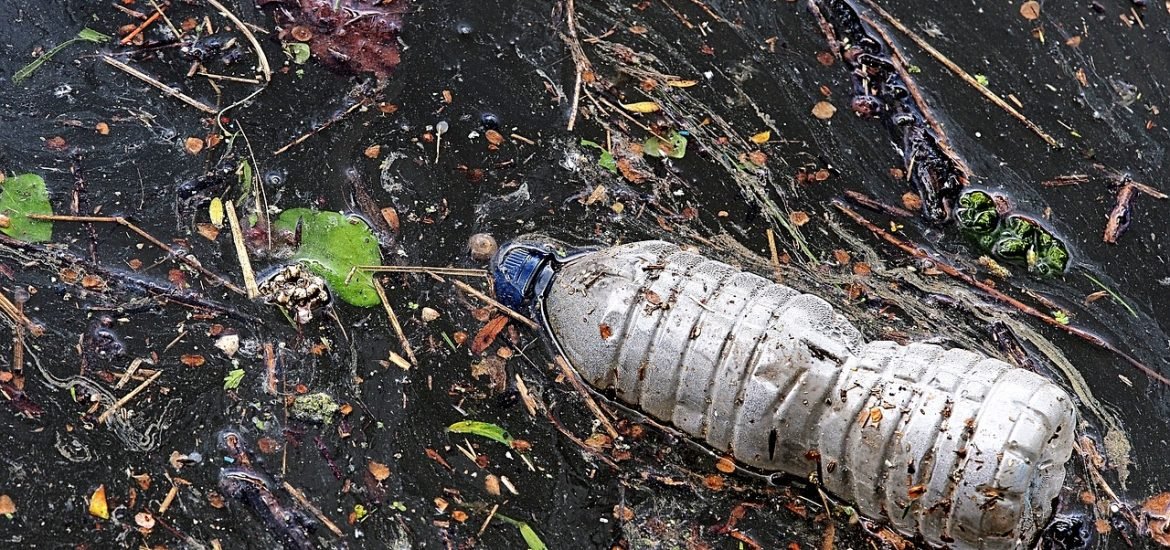
We all know that littering is bad, but now scientists found that rubbish can actually have a positive effect on our waterways. In polluted urban rivers, invertebrates, like insects, snails and slugs, prefer to live on waste rather than rocks, according to a recent study published in the journal Freshwater Biology (1).
However, this is not a free card to spread litter everywhere. Instead, it should draw attention to the fact that some urban rivers are so degraded that garbage is a better option as habitats for some animals. Knowing this, we may need to re-think how we do beach cleans, as just removing litter may cause more harm than good.
In the study, a team of researchers from the University of Nottingham, UK, collected samples of litter and rocks from three local rivers: the River Leen, the River Black Brook and the River Saffron Brook. Although rocks were more abundant, they found that rubbish supported bigger and more diverse communities of invertebrates.
In particular, fabric, plastic bottles, metal scraps and broken bricks were the most popular choices, whereas slippery bits of smooth glass were generally avoided. It turns out, the inside of a metal can or a folded piece of fabric can provide a more stable and comfortable home for insects and slugs than rocks. These man-made structures can support a greater diversity of these small animals because they’re full of nooks and crannies, ideal for hiding from predators and avoiding getting swept away by the tides.
Curiously, top of the list for snails and crustaceans were bits of fabric and plastic. The authors speculated that these flexible items mimicked the structure of plants and seaweed, where these animals like to live.
“Our research suggests that in terms of habitat, litter can actually benefit rivers which are otherwise lacking in habitat diversity. A diverse community of invertebrates is important because they underpin river ecosystems by providing food for fish and birds, and by contributing to carbon/nutrient cycling.”, said lead author in the study, Dr Hazel Wilson.
This apparently beneficial effect should not be seen, however, as an encouragement to litter coastal areas. The aim should always be to reduce the amount of litter present in urban rivers. Litter can be incredibly dangerous for the environment, because not only it releases toxic chemicals, but also increases the risk of animals becoming entangled or ingesting rubbish.
In fact, if plastic bottles and broken bricks are the best invertebrates can find, this should be seen as a wake-up call to highlight the poor environmental quality in many urban rivers. In this case, litter may be an accidental hero, providing some habitat diversity where there are minimal natural resources.
Crucially, this means the problem is not solved by merely removing litter. In fact, cleaning up the rubbish may have a detrimental effect by killing invertebrates using it as a home. Any efforts to clean litter should be made with care to limit long-term damage to the environment. “Our results suggest that litter clearance should be combined with the introduction of complex habitat, such as tree branches or plants to replace that removed during litter picks.”, said Dr Wilson. Even small‐scale changes can have positive effects on the biodiversity and health of urban rivers.
(1) Wilson, H et al. Anthropogenic litter is a novel habitat for aquatic macroinvertebrates in urban rivers. Freshwater Biology (2020). DOI: 10.111/Feb.13657